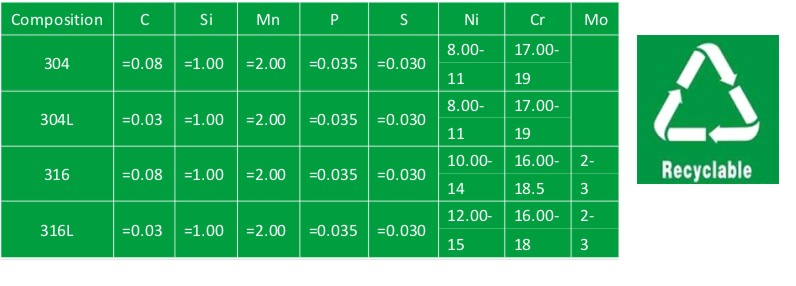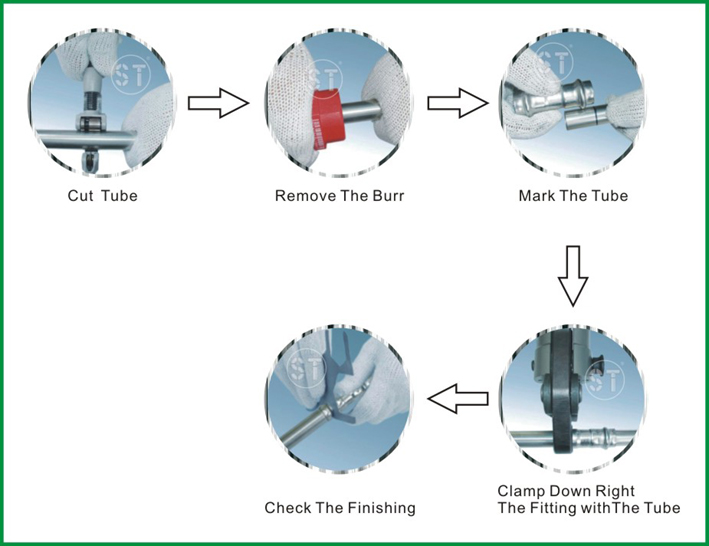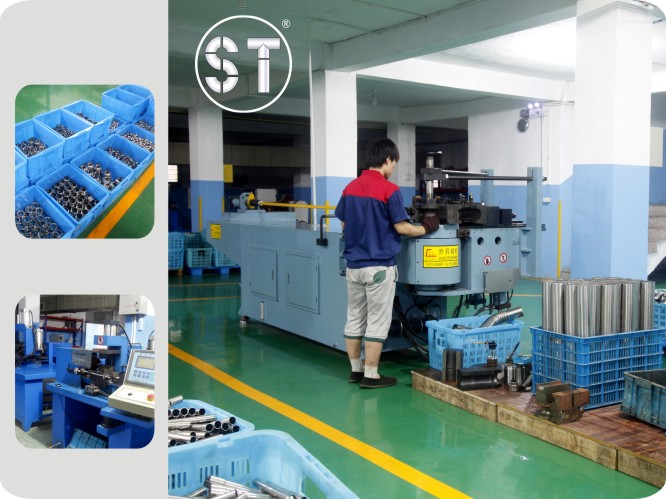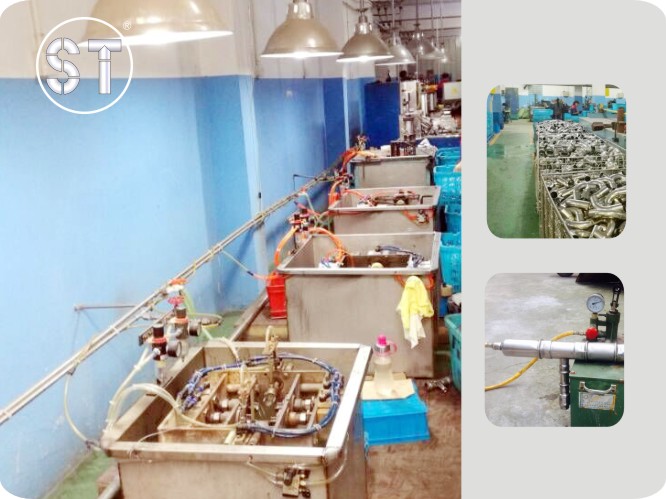The mold is a basic process equipment made of plastic, rubber, metal, powder, glass, glass steel and other materials processed by processing equipment. It is an intermediate product in the production process and is used for the production of the final product. Mold processing is one of the important ways of material forming. Compared with machining, it has the advantages of less process, high material utilization, low energy consumption, easy production, high efficiency, etc., so it is in automotive, energy, machinery, electronics, information, aviation. It is widely used in the production of aerospace industry and daily necessities. According to statistics, 75% of rough processing industrial product parts, 50% of finished parts are molded by mold, 80% of parts in household appliances industry, and more than 70% of parts in electromechanical industry also need to be processed by mold. The mold industry can often drive the development of its related industries. Therefore, the mold industry is often called the benefit amplifier.
The ever-expanding field of mold application and the more and higher requirements put forward by the applied fields have made it more common for the mold industry to develop faster than other manufacturing industries. In recent years, the total market has been between 600 and 65 billion US dollars, while China's mold exports are still less than 8%. At the same time, with the development trend of economic globalization becoming more and more obvious, foreign and private capital continue to be optimistic about China's mold industry, China's mold Industry opportunities outweigh challenges.
According to the data, as the focus of mold manufacturing in developed countries shifts to developing countries represented by China, the domestic mold manufacturing industry has grown rapidly, but it has further intensified the competition in the industry. The Yangtze River Delta and the Pearl River Delta region are China's two major mold manufacturing bases and sales distribution centers. The competition in the two major regions has intensified. The proportion, income and profit of the three-capital enterprises have reached 35.98%, 47.19% and 56.05% respectively, in China's mold manufacturing industry. Competition plays an extremely important role.
During the “Twelfth Five-Year Plan†period, the overall trend of the mold market was steady. At present, the demand for medium and high-grade molds in the domestic market is very large, but domestic molds must meet the needs of users in terms of quality and delivery time. Moreover, the home appliance, automobile, and plastic products industries have the greatest demand for molds. Therefore, the potential of the medium and low-end molds in the international market is enormous. As long as the quality of domestic molds can be improved, the delivery time can be guaranteed, and the prospect of mold export is very optimistic. In addition, the demand for frame and mold standard parts in the international market is also large. At present, China has only a small amount of exports to the shelves.
In recent years, due to various reasons of the plastic mold industry, the development of the mold industry faces many difficulties. On the one hand, the economic situation in Europe and the United States continues to be sluggish, and the export of China's mold industry has been affected. The development of everything is cyclical. The current trough is only temporary. The overall trend of the Chinese economy will not change. Therefore, the difficulties caused will certainly be slowly eliminated in a short period of time in the future. On the other hand, the precision and complex stamping dies and plastic molds, car cover molds, electronic connectors and other electronic product molds urgently needed by China's manufacturing industry still rely heavily on imports. The import and export deficit of mold products exceeds more than 1 billion US dollars. Fighting is the core competitiveness of products, the core competitiveness of China's mold products is not enough, which requires innovation in technology research and development.
All of the above are objective factors. As far as subjective factors are concerned, due to the explosive profits of the mold industry in the early days, more and more mold practitioners are starting businesses, and industry competition is intensifying, but there is a lack of industry norms. Most companies adopt price wars. A single competitive marketing approach. The result of the price war is that the company has to compress the equipment and labor in order to save costs. As a result, a vicious circle is formed, the quality is getting worse and the unit price is getting lower and lower, which eventually leads to the closing.
V-Profile Press fitting pipeline system is widely used in cold and hot water supply, heating supply, fire protection, medicinal gas, industrial petroleum pipeline system etc.
Compared with traditional pipeline system, it`s not only more economical, safer and healthier, but also easier and faster for installation with longer service life.

1. Press fitting range:
Coupling -- Equal coupling, Reducing coupling, Slip coupling, coupling with male/ female threads;
Elbow -- Equal elbow, Elbow 90°, Elbow 45°, Reducing elbow, Elbow with plain end, Elbow with wall plate, and Elbow with male/ female threads;
Tee -- Equal tee, Reducing tee, Tee with wall plate, and Tee with male/ female threads;
Others-- Pipe cap, Pipe Bridge and Flange connector.
2. Material: Stainless steel 304L, Edelstahl 1.4306/ Edelstahl 1.4301, AISI304L, Inox304L;
Stainless steel 316L, Edelstahl1.4404, AISI316L, Inox316L;
Galvanized carbon steel, 1.0034C-Stahl, Kohlenstoffstahl, ACCIAIO AL CARBONIO.

3. Size: 3/8``-4``inch or as request, pipe wall thickness: 1.0--2.0mm
Sizes range:
DVGW W534:1995: 15, 18, 22, 28, 35, 42, 54, 76.1, 88.9, 108mm.
JIS G 3448-1980: 15.88, 22.22, 28.58, 34.00, 42.7, 48.6, 76.1, 88.9, 108mm.
4. Standard:
Press fitting standard: (DIN) DVGW W534-1995; (JIS) JWWA G116:2001; GB/T 19228.1-2003
Pipe standard: DIN10312:2003; GB/T 19228.2-2003
O-ring sealing standard: CEN EN 681-1:2006; GBT 19228.3-2003
5. O-Ring Seal: "Chlorinated butyl rubber" (CIIR), EPDM, HNBR, NBR and FKM, etc.
EPDM (black): max working pressure 16bar, working temperature from -20℃ to 120℃, Suit medium: cold and hot water, compressed Air etc.
6. Galvanization: all carbon steel pipe fittings are plated with rust-resistant zinc.
7. Anneal: all stainless steel pipe fittings are annealed in inert gases before packing.
Installation and Connection Order

Equipments And Quality Control

Orderly Workshop

Efficient Anneal Equipment

Pressure Testing

Tensile Testing
Stainless Steel V-Profile Press Fittings(JIS)
Stainless Steel V-Profile Press Fittings,Equal Tee Press Pipe Fitting,V Profile Steel Elbow Press Fitting,V Profile Female Tee Press Fitting
WENZHOU KASIN VALVE PIPE FITTING CO., LTD. , https://www.kasinvalvefitting.com






